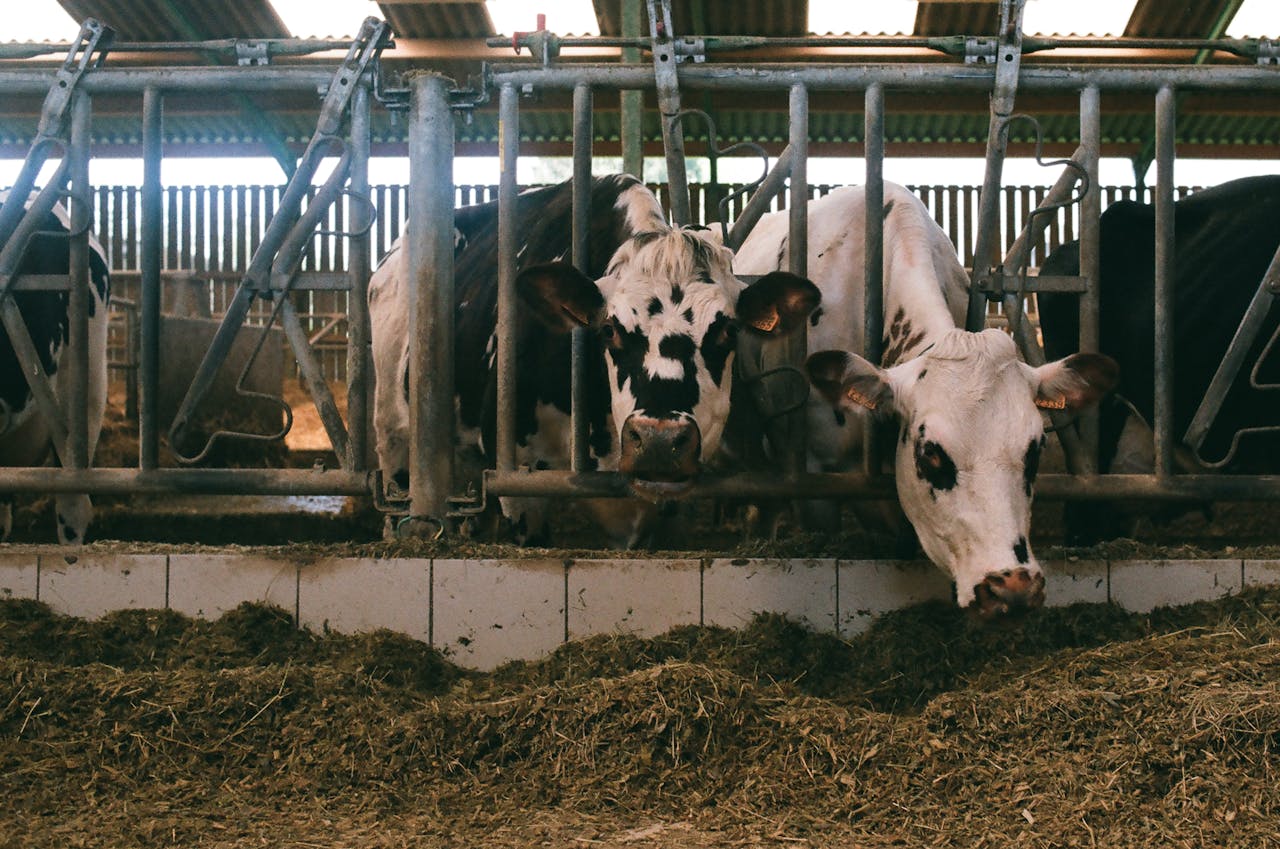Researchers have found that white lupins could be used as a replacement of soybean meal (SBM) in growing-finishing pigs’ diets, with significant improvements in the meat fatty acid profile and technological properties.
Key lupin species for feed
Although there are 300 species of lupins, only yellow, blue and white lupins can be fed to livestock, and in Europe, generally this has been confined to dairy cow and lamb diets. White lupins produce the highest Energy ME (15MJ/kg DM).
Study objectives
The Romanian study investigated the possibility of partial replacement of genetically modified soybean meal (SBM) with raw white lupin (WL) seeds in growing pigs’ diets and determined its impact on performance [body weight (BW), average daily gain (ADG), and average daily feed intake (ADFI)], meat quality, and fatty acid profile (FA).
Trial design
A total of 54 male crossbred pigs (Topigs Large White × Norsvin Landrace) × Duroc, aged 12 weeks, with an initial average BW of 30.30 ± 0.77 kg, were divided into 3 dietary groups of 18 piglets each.
Dietary groups
The control group (CON) was fed a standardised SBM-based complete feed. In the experimental groups (WL1 and WL2) the SBM was replaced with increasing levels of WL seeds [WL1-5.0% and WL2-10.0% (grower period, 30–60 kg BW), and WL1-7.0% and WL2-14.0% (finisher period, 61–110 kg BW)].
Diet formulation
All diets were formulated to be isocaloric and isonitrogenous with similar content of total lysine and sulphur amino acids, calcium, and available phosphorus. At the end of 83 days’ fattening trial, the animals were slaughtered. Longissimus dorsi muscle (LD) was sampled for analyses of the physicochemical traits.
Performance results
The results show that increasing the dietary raw WL concentration decreased final BW (p = 0.039), ADG (p < 0.0001), and ADFI (p = 0.004) throughout the experimental period, especially in the second phase of feeding.
Blood and muscle traits in pigs
Dietary treatments did not affect the pigs’ blood biochemical constituents. Concerning LD muscle characteristics, the redness colour (a*) and collagen content was higher (p < 0.0001) in the WL1/WL2 vs. CON group.
Meat quality findings
There was a beneficial decrease in the values of some textural attributes (hardness, gumminess, chewiness, and resilience) of LD in the WL1/WL2 vs. CON group was registered.
Fatty acid profile
The use of WL had a significant effect on the content of FAs, especially for eicosapentaenoic (p = 0.014) and n-3 PUFA (p = 0.045), which were higher than those fed the CON diet.
Conclusion
In conclusion, WL could be used as a replacement of SBM in growing–finishing pigs’ diets, with significant improvements in the meat fatty acid profile and technological properties.

